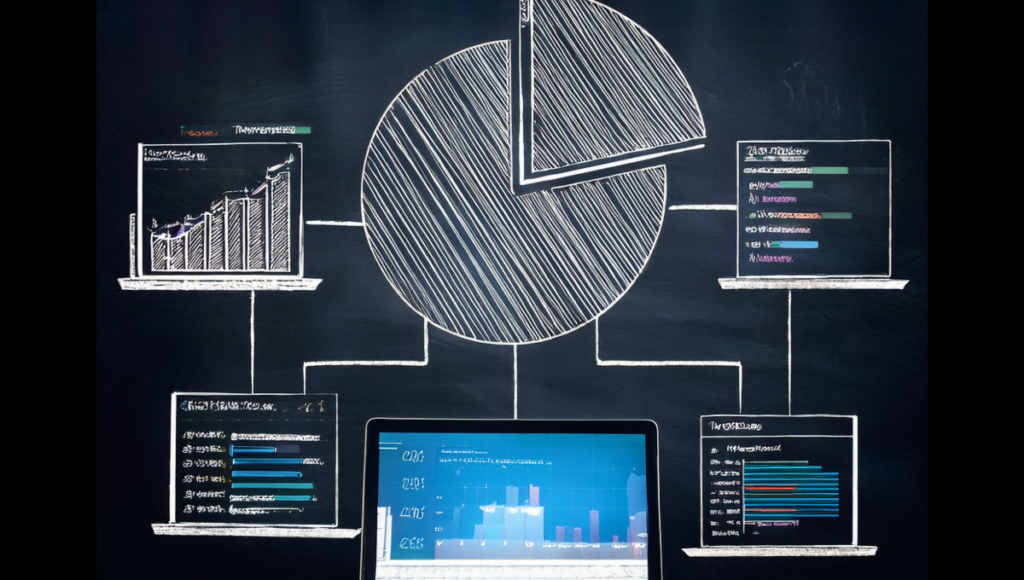
The Evolution of the BMS Industry: Which Roles Will Be Significantly Transformed in the Next Five Years
A quarter of the 21st century has already passed. Reflecting on the journey, I feel fortunate to have witnessed the transformation of an industry that









